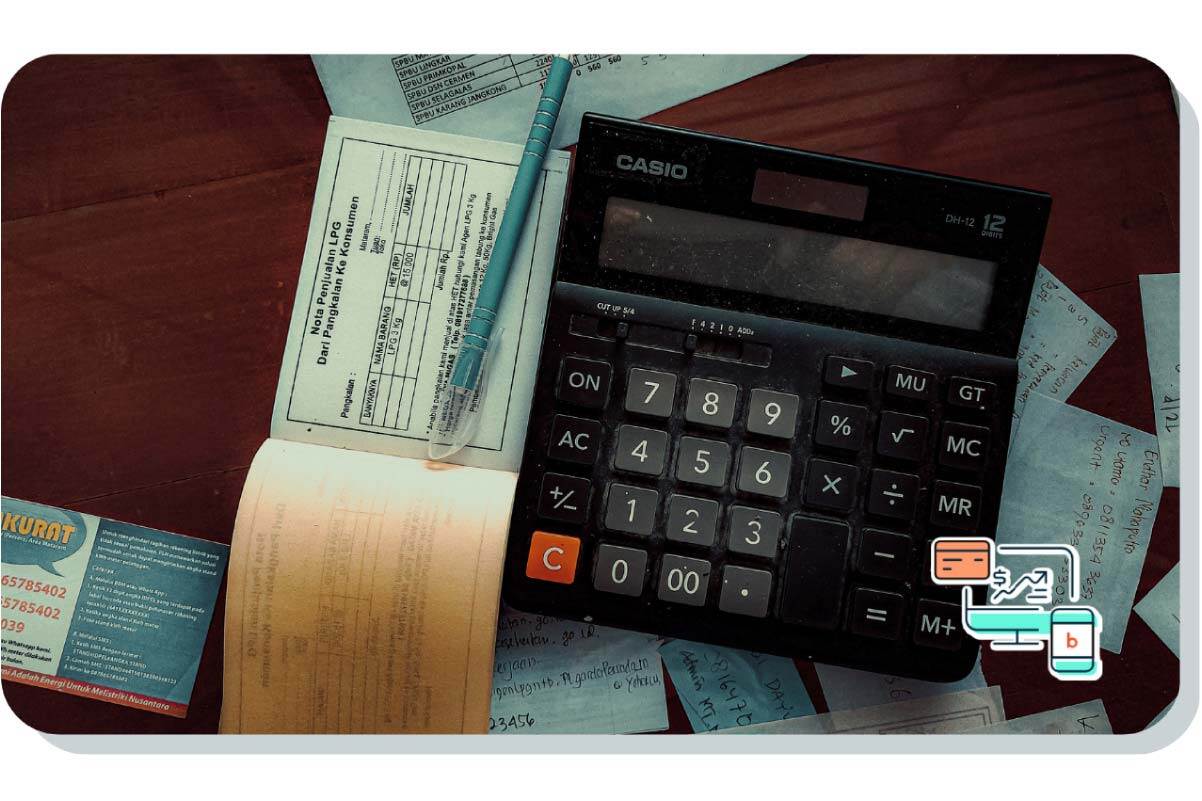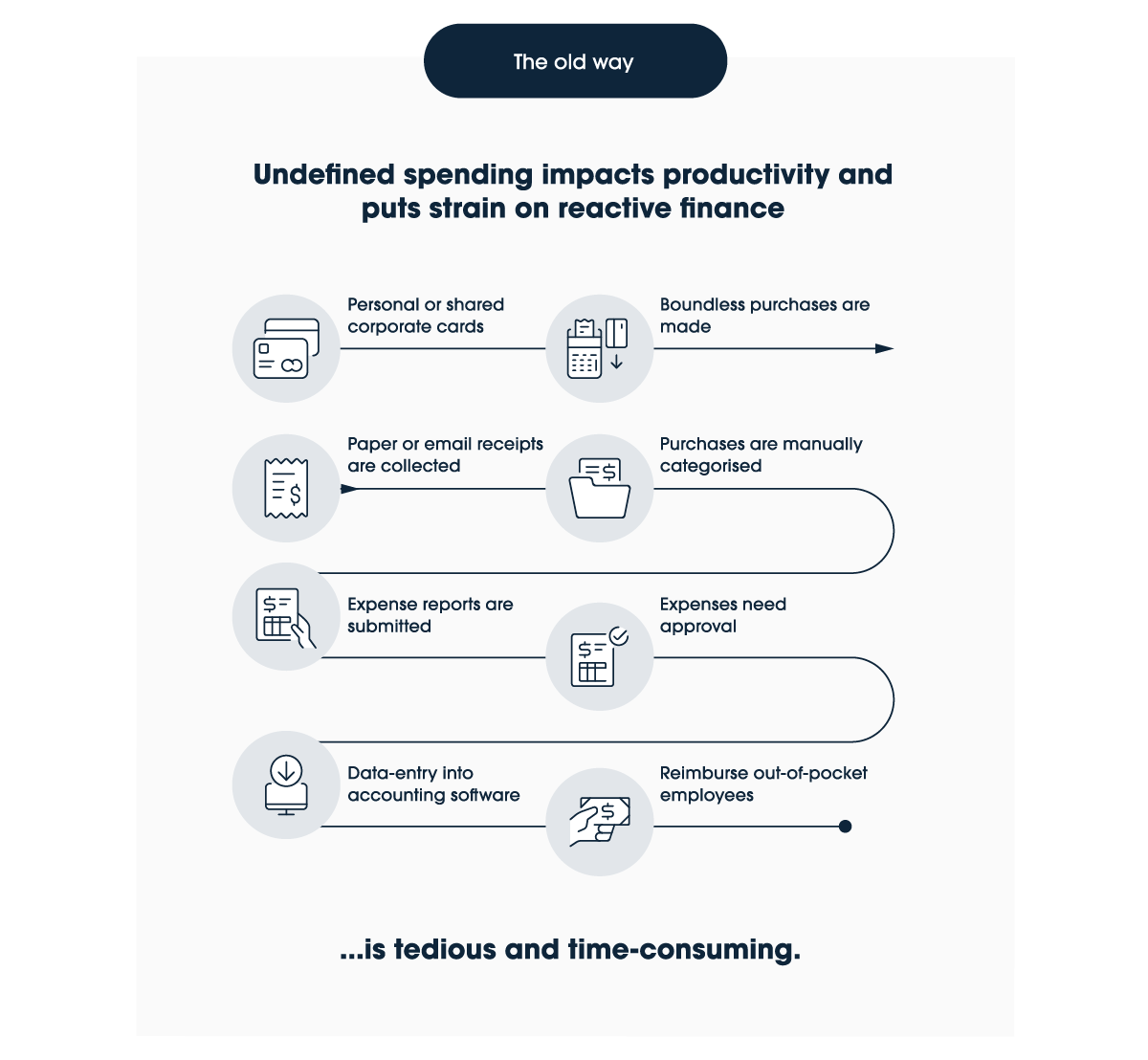If your business is manually collecting receipts from your staff, you are unknowingly wasting too much time and money.
In this article, we will highlight our top 4 reasons why managing your receipts manually is a bad idea, and how it’s hurting your company more than you know.




